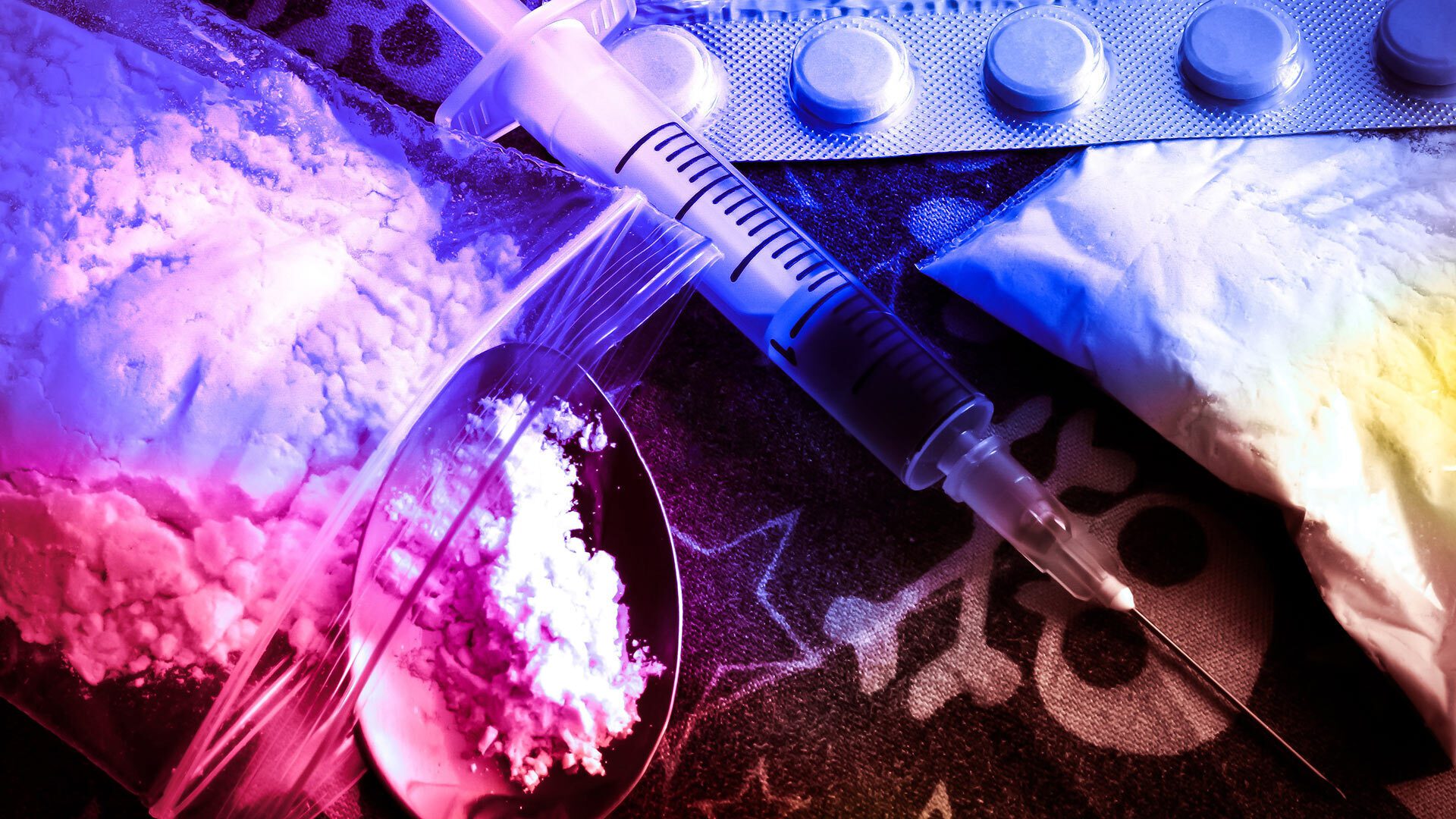- October 02, 2018
- By Liam Farrell
Since the start of his drug research career in the 1970s, Eric Wish, director of UMD’s Center for Substance Abuse Research (CESAR), has gotten used to seeing differences between the substances a person reports taking and what tests find in their system.
In recent years, he said, this gap occurs more frequently, and the reason for it has drastically changed: “They were lying back then. Now, it’s because they just don’t know.”
CESAR is at the forefront of testing and research into what Wish said is an increasing problem: Drug users are taking complex, synthetic substances, and they and public health agencies often don’t know the ingredients.
Last month, the center published research from a study of two hospital emergency departments in Maryland that found that one-quarter to one-half of urine tests of drug users tested positive for a psychoactive substance like fentanyl or PCP, and two-thirds of patients tested positive for multiple substances, with some having as many as six.
The results were a surprise, as the study at the University of Maryland Medical Center Midtown Campus in Baltimore, and the University of Maryland Prince George’s Hospital Center in Cheverly was launched because physicians were dealing with a spike in overdoses and deaths suspected to be related to synthetic cannabinoids, which are designed to mimic marijuana.
“We had cases where the doctors thought so, the patient thought so, but urinalysis showed no use of synthetic cannabinoids,” says Dr. Bradford Schwartz, an emergency physician at the University of Maryland Prince George’s Hospital Center and an adjunct assistant professor of emergency medicine at the University of Maryland School of Medicine.
Over the past year, CESAR has also been conducting a pilot study to flesh out that picture. Through the new Drug Outbreak Testing Service (DOTS), public health organizations can submit up to 20 urine specimens and at no cost have them tested for 240 drugs—a substantial upgrade for groups that often lack state-of-the-art testing. In one report from June, DOTS tested 20 urine samples from the Seattle/King County, Wash., area of people who had died from opioid overdoses, but found 15 also had methamphetamines, 14 had fentanyl or related compounds, 12 had morphine, codeine or heroin and 11 had cocaine.
The concern, Wish said, is illustrated by how the public policy response to the rise in opioids has focused mainly on expanding the availability of treatments such as Narcan, which is designed to rapidly reverse opioid overdose. If a person has a history of multiple drug use, he said, the treatment must address all of them.
“We demonize a drug, and then we want a quick fix. It’s such a more complicated problem,” he said. “Treat the person, not the drug.”
Sara Gavin contributed to this article.
